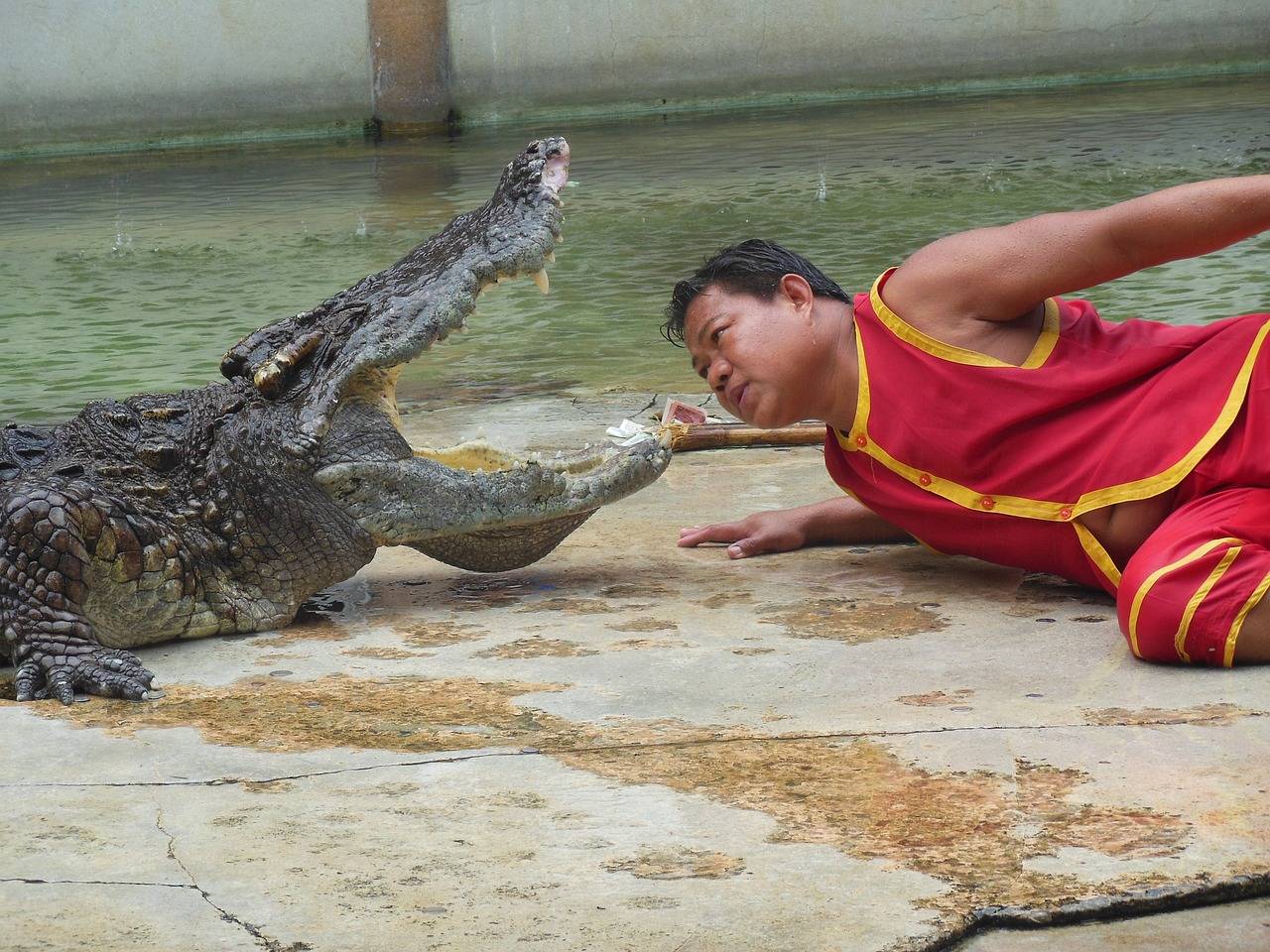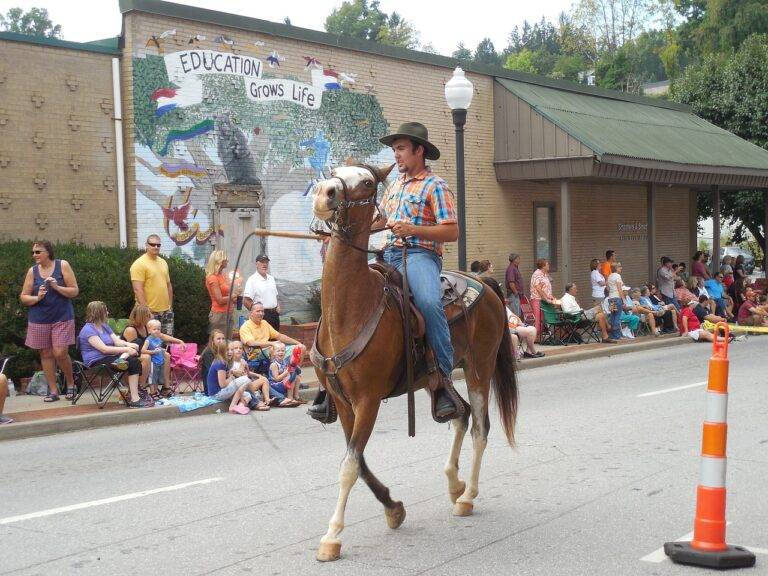The Role of Costume Design in Creating Iconic TV Show Outfits
Costume design in television plays a crucial role in visually conveying the personalities and traits of characters to the audience. Through the selection of attire and accessories, costume designers have the power to enhance the narrative and bring characters to life. The clothing worn by characters can provide insights into their social status, personality traits, historical context, and even their emotional state.
The significance of costume design lies in its ability to transport viewers into the world of the show and immerse them in the story being told. By paying attention to details such as color, style, and fit of the costumes, designers can create a cohesive visual language that complements the overall aesthetic of the production. Whether it’s a period drama, a sci-fi series, or a contemporary sitcom, costume design is a vital component that helps to establish the tone and atmosphere of a television show.
Distinctive Styles and Characters in TV Shows
When it comes to television shows, costume design plays a crucial role in bringing characters to life. The attire worn by characters not only reflects their personalities but also helps in establishing their identities on screen. From the iconic red coat of ‘Pretty Little Liars’ character, Aria Montgomery, to the retro fashion of ‘Stranger Things’ kids, each costume choice adds depth to the character and contributes to the overall aesthetic of the show.
Distinctive styles in TV shows often serve as a visual representation of the character’s journey and development throughout the series. Take, for example, the dramatic evolution of Daenerys Targaryen in ‘Game of Thrones’ through her intricate and powerful costumes. These stylistic choices not only highlight the character’s growth but also help viewers connect with their transformation on a deeper level. In essence, costume design in television is a powerful tool that enhances the storytelling and creates a memorable viewing experience.
Influence of Costume Design on Character Development
Costume design plays a crucial role in shaping the identities of characters in television shows. The carefully chosen attire of a character not only reflects their personal style but also provides audiences with valuable insights into their background, personality, and even their current emotional state. By analyzing the clothing choices of a character, viewers can gain a deeper understanding of who they are and the internal struggles they may be facing.
Moreover, costume design has the power to enhance character development by visually depicting the journey a character undergoes throughout a TV series. Changes in clothing styles, colors, and accessories can symbolize personal growth, moments of transformation, or significant turning points in a character’s narrative arc. Through these visual cues, costume designers have the ability to convey emotions, relationships, and character evolution without the need for explicit dialogue, allowing viewers to connect with the story on a more profound level.
How does costume design play a role in character development?
Costume design helps to visually represent a character’s personality, background, and motivations through the clothing they wear.
Can you provide examples of how distinctive styles in costume design have influenced TV characters?
Sure! For example, the iconic red coat worn by the character of Olivia Pope in “Scandal” became synonymous with her powerful and confident personality.
Why is costume design considered significant in television shows?
Costume design is significant in television shows because it can enhance the storytelling by providing visual cues about a character’s identity and journey.
How can costume design impact the audience’s perception of a character?
Costume design can impact the audience’s perception by creating a visual connection between the character and their emotions, values, and story arc.
What factors are considered by costume designers when creating outfits for TV characters?
Costume designers consider the character’s personality, occupation, socio-economic status, time period, setting, and narrative arc when creating outfits for TV characters.





